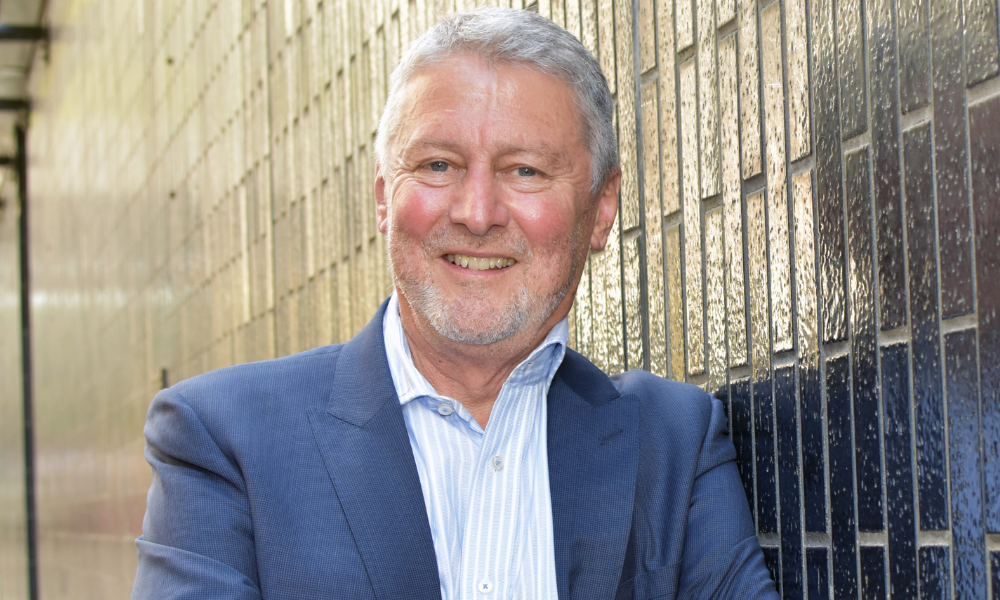Industry discusses latest decision

The Reserve Bank of Australia has lifted the official cash rate by 25 basis points, taking it to 3.10%, in a move widely tipped by economists and interest rate markets.
The interest rate on exchange settlement balances has increased by 25 basis points, to 3%.
The RBA Board’s December OCR decision was the last for 2022 – the board is not due to meet again until February 7, 2023 – providing a reprieve for mortgage holders.
Announcing the December monetary policy statement on Tuesday afternoon, RBA governor Philip Lowe said that inflation in Australia was too high, at 6.9% over the year to October.
“Global factors explain much of this high inflation, but strong domestic demand relative to the ability of the economy to meet that demand is also playing a role,” Lowe said. “Returning inflation to target requires a more sustainable balance between demand and supply.”
Lowe said inflation was expected to decline next year due to the ongoing resolution of global supply-side problems, recent declines in some commodity prices and slower growth in demand.
“Medium-term inflation expectations remain well anchored, and it is important that this remains the case. The bank’s central forecast is for CPI inflation to decline over the next couple of years to be a little above 3% over 2024.”
The RBA Board said its priority was to re-establish low inflation and return inflation to the 2% to 3% range over time.
The RBA’s decision on December 6 marks the eighth straight cash rate rise this year. Having hiked the cash rate in 50-basis point blocks over June to September, the RBA dialled back to 25-basis point rises in October and November. Inflation, previously forecast by the RBA to peak at around 8% this year, edged back to 6.9% in the year to October according to the ABS.
Since interest rates started rising off record lows from May this year, lenders have stated that arrears remained at record lows. October and November rate rises are still trickling through to borrowers, who are yet to feel their full impact.
BOQ general manager broker Kathy Cummings (pictured above left) told MPA that BOQ Group’s portfolio performance remained strong. BOQ Group includes ME Bank and Virgin Money Australia.
Arrears levels were below those seen in May, when the current tightening cycle began, Cummings said. But heightened customer enquiries indicated some borrowers were starting to feel the pinch.
“The number of customers reaching out to our dedicated support teams has increased and we have been ready and available to assist them by discussing the most suitable options to manage their higher repayments,” Cummings said. In line with APRA expectations, BOQ’s assessment buffer for new lending remained unchanged at 3%.
“BOQ regularly reviews serviceability settings to deliver on our commitment of lending customers an amount they can manage repaying,” Cummings said.
Cummings reflected on what has been a “big year” for homeowners and mortgage professionals.
For loan settlements prior to Christmas, BOQ is working to a cut-off date of December 20, for documents to be returned.
“As we look forward to a new year, we want to thank our customers and those we have worked with for their ongoing support and wish you all a very happy and safe Christmas break,” Cummings said.
Helia chief commercial officer, LMI Greg McAweeney (pictured above centre), said Helia’s First Home Buyer Report showed prospective homebuyers were in a “holding pattern”. Interest rate rises and cost of living pressures were forcing many to rethink their pathway to homeownership, McAweeney said.
The report, conducted in July, showed the percentage of respondents believing it to be a good time to buy dropped to 57%, down from 67% in 2021.
“First home buyers are experiencing turbulent times as softening house prices are offset by interest rate increases which is impacting their borrowing capacity,” McAweeney said.
While interest rates were rising, almost two-thirds (62%) of prospective first home buyers indicated that meeting living expenses was their greatest challenge when saving for a deposit. As deposit sizes continued to reduce, McAweeney said lenders mortgage insurance was one way first home buyers could bridge the deposit gap.
“We are experiencing an increasing interest cycle which many new borrowers have not faced before. LMI provides a route to earlier homeownership and has stood the test of time over many economic cycles,” McAweeney said.
PropTrack senior economist Eleanor Creagh (pictured above right) said the 25-basis point rise showed the RBA board remained committed to tackling high inflation, whilst also monitoring domestic conditions and global risks.
Wages growth accelerated in the September quarter and rose by 3.4% in the 12 months to September 2022, Creagh said. This is the strongest acceleration in over a decade, with labour market tightness translating to stronger wage rises, she said.
“With inflation remaining high and increasing evidence of labour market tightness, the RBA has continued to raise the cash rate to ensure inflation expectations remain ‘anchored’,” Creagh said.
Creagh acknowledged that the fastest rise to the official cash rate since the early ‘90s had quickly rebalanced the housing market from last year’s extreme growth, with price falls in most parts of Australia.
“Prices nationally are now sitting 3.81% below their March peak after falling for the eighth month in a row amid headwinds from monetary tightening,” Creagh said.
“The most expensive markets of Sydney and Melbourne are leading the price declines. In Sydney, prices are down more than 6% from peak and below levels recorded in November last year.”
With additional rate rises on the horizon, Creagh acknowledged that maximum borrowing capacities would be further reduced, shrinking homebuyers’ budgets.
“Now the cash rate is sitting at 3.10% after a substantial 300 basis points of tightening to date, maximum borrowing capacities have dropped by more than 20%. The significant reduction in borrowing capacities implies further price falls,” Creagh said.
Higher interest rates will take time to fully impact house prices, therefore prices are likely to continue to fall as interest rates rise, she said. If interest rates peak in 2023, price falls are likely to ease, with values stabilising as interest rate uncertainty reduces.
“The downward pressure from rate rises will be countered to a degree by positive demand effects that stem from tight rental markets and rental price pressures, rebounding foreign migration, stronger wages growth, and over the long run, housing supply pressures,“ Creagh said.
Referring to the 3% buffer rate used for affordability assessments, Canstar group executive Steve Mickenbecker (pictured immediately below) confirmed that the total average rate (including the buffer) had increased from 5.98% to 8.43%.

"With most borrowers' rates having risen by 2.75% since April, another rate increase of 0.25% will see the 3% buffer totally absorbed, and borrowers' repayments about to enter the stratosphere that the banks have not considered,” Mickenbecker said.
“The buffer at least means that most of the repayment increases have been judged to be affordable.”



